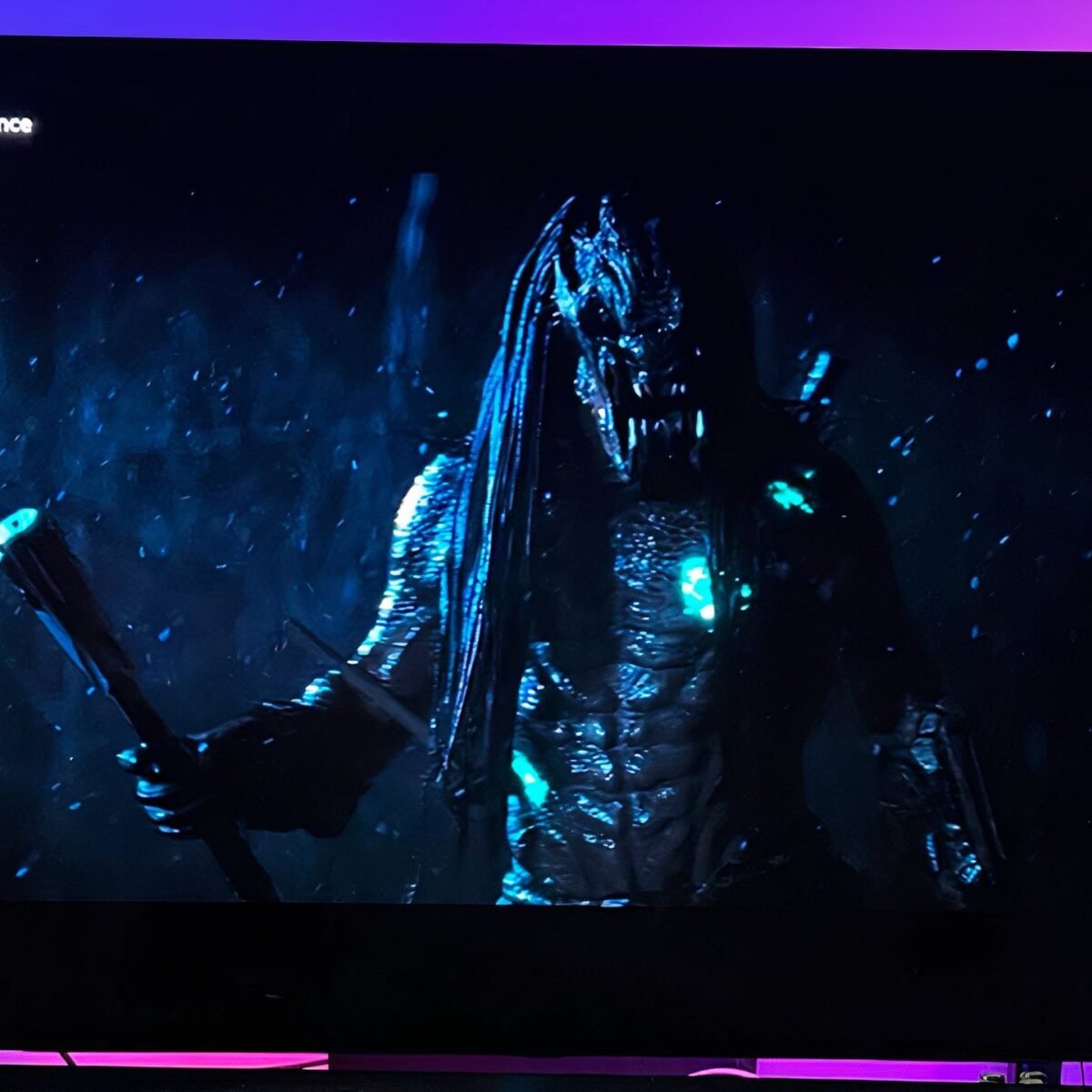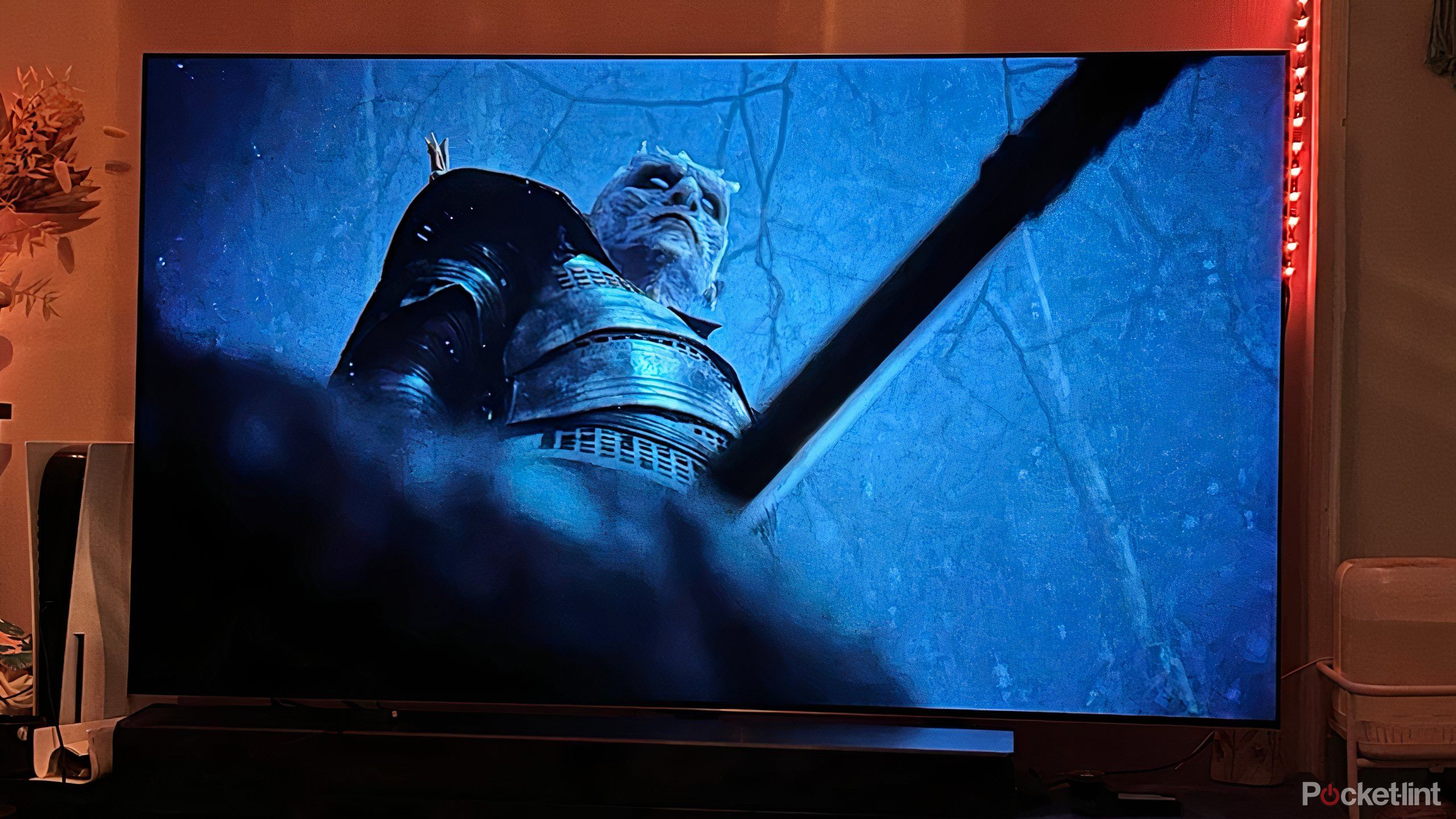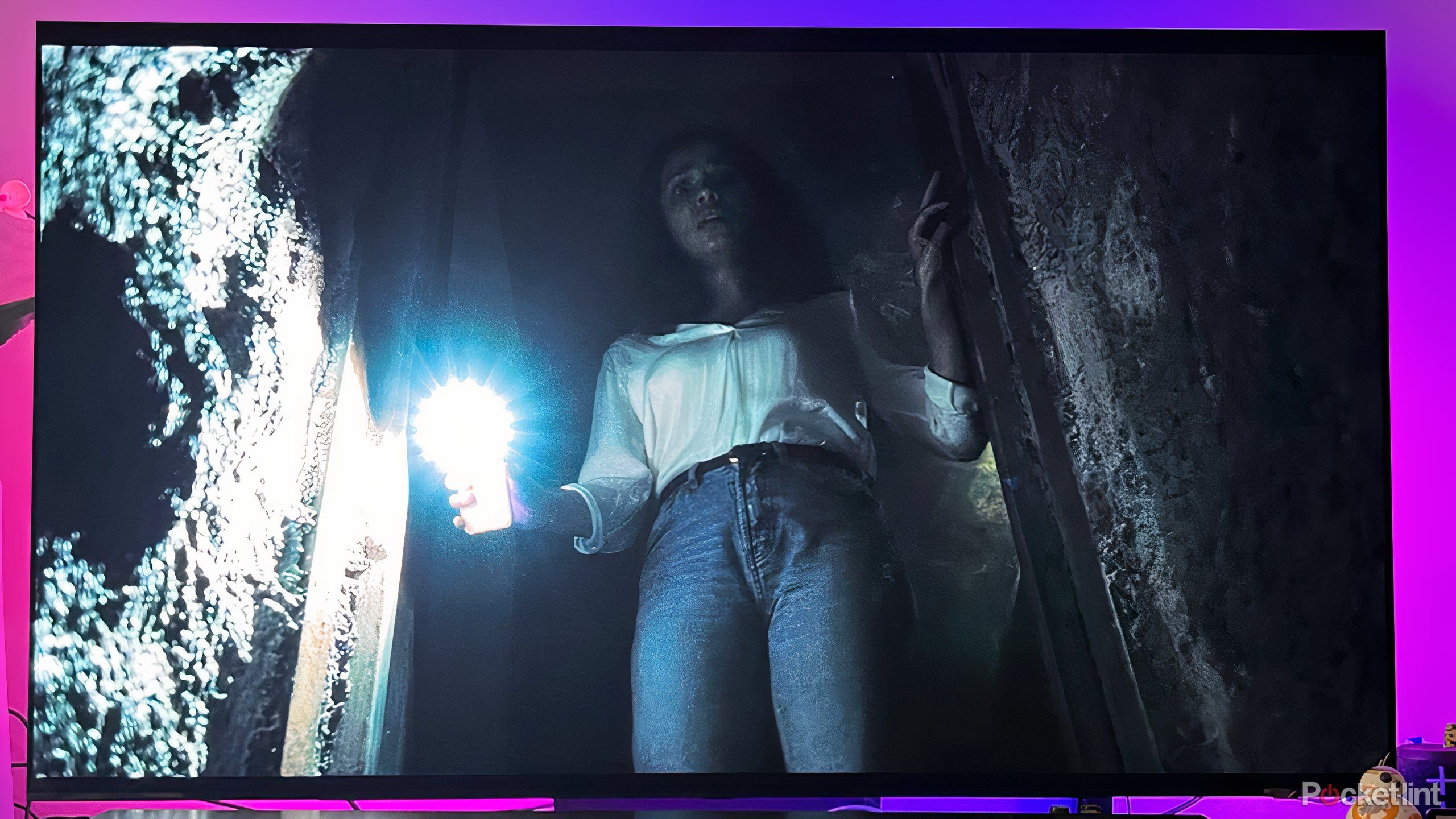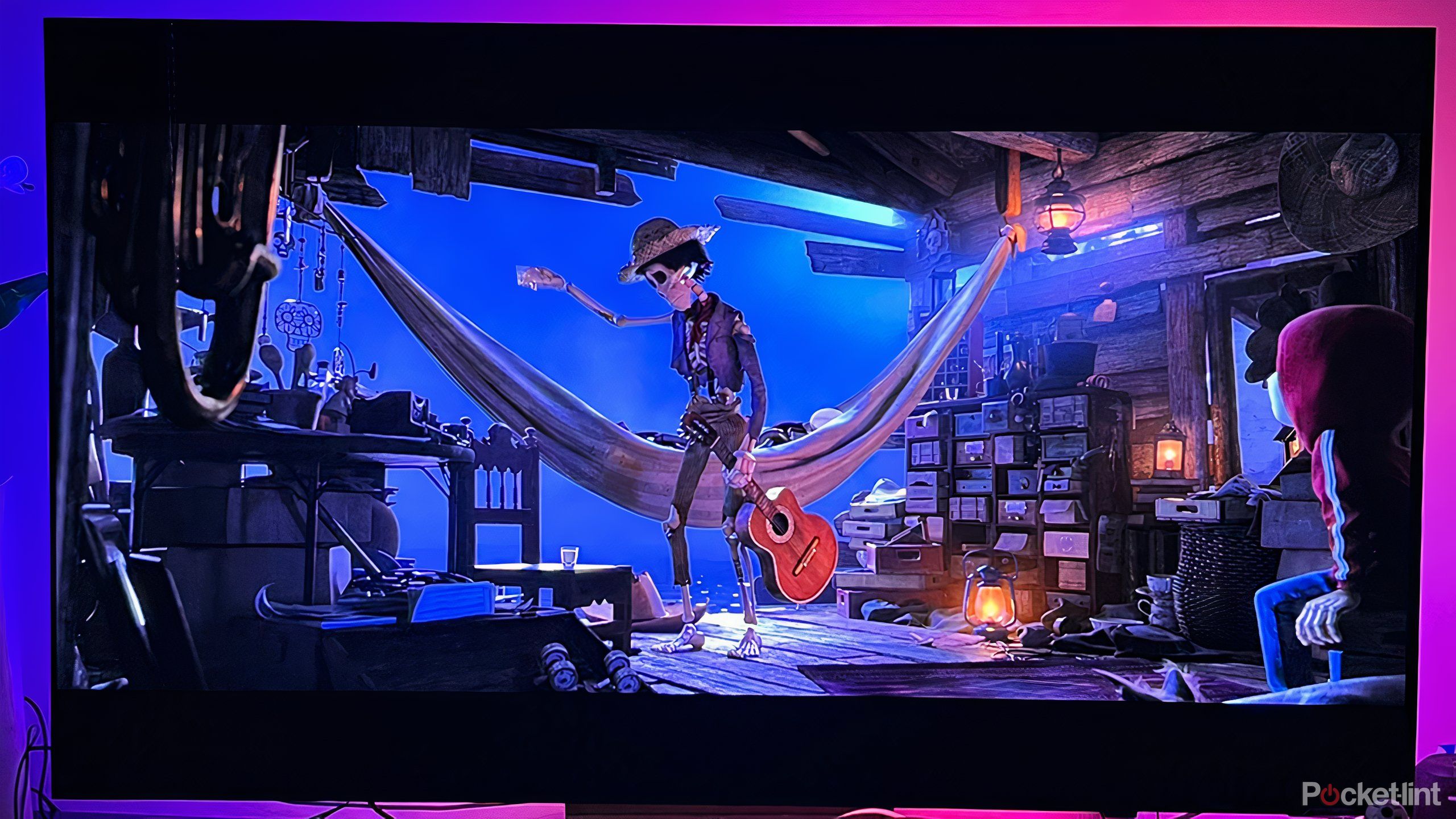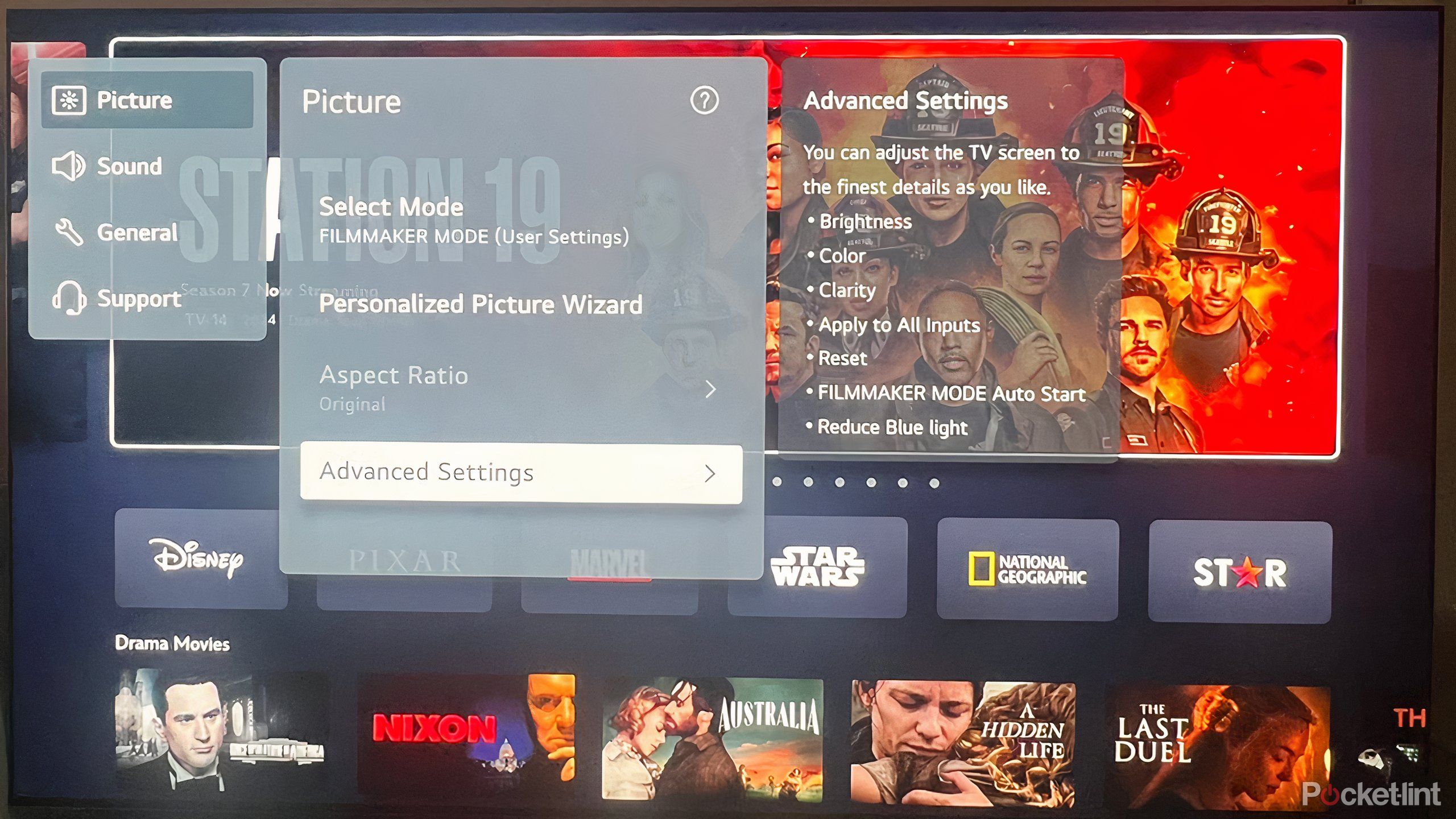Summary
- Quality contrast enhances picture quality with richer colors and detailed visuals in darker scenes.
- OLED TVs boast an infinite contrast ratio, as they can attain true black on screen.
- Shows with dark scenes require high or infinite contrast ratios for optimal viewing.
While there are countless features that go into making a smart TV great, from its processing power to operating system, from AI integrations to connectivity, the quality of any given unit comes down to its success in a few different settings. Ultimately, the screen of your TV has to look good, and one of the most vital components of that is contrast.
It’s a setting that is the focus on the TV industry, with manufacturers seeking to create TVs that can both explode in brightness and color while also providing intricate detail in the shadows. Contrast influences other settings and significantly informs how you enjoy what you’re watching. Remember that super dark Game of Thrones episode? If you had a top TV with an infinite contrast ratio, you would probably have been less annoyed (at least at the darkness, not the story itself). Here’s everything you need to know about this simple yet significant TV setting.
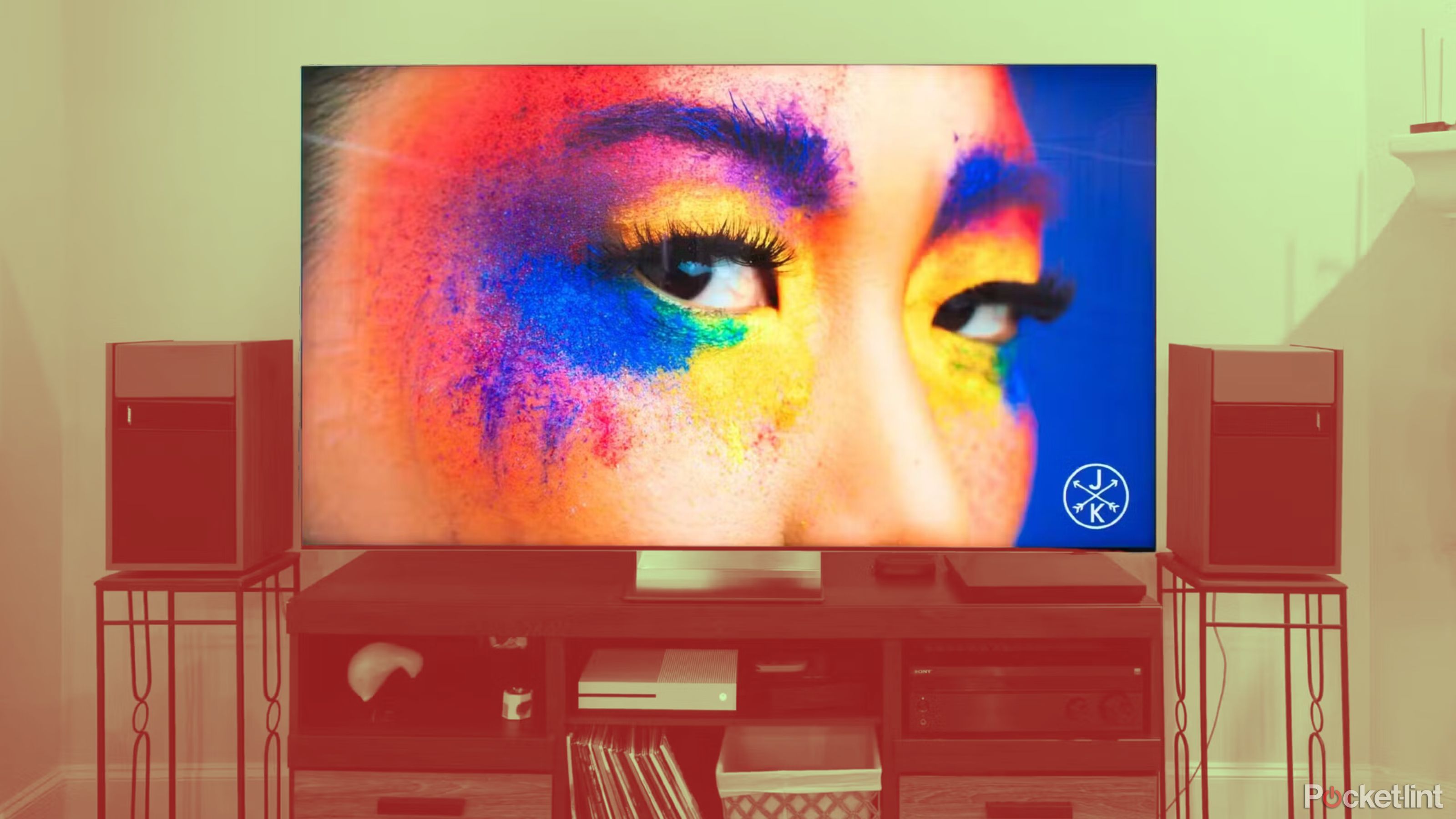
Related
I’m picking Samsung over LG for my next OLED smart TV — here’s why
The differences may be slight, but this is why Samsung takes the win as my next OLED smart TV.
What exactly is contrast on a smart TV?
Discover details and embrace the shadows
When it comes to smart TVs, contrast involves the difference between light and dark. More precisely, it denotes the difference between the brightest white available and the darkest black. This relationship is often referred to as contrast ratio. It’s the brightness of the whites compared to, or divided by, the brightness of the blacks. Quality contrast gives you the chance to discern details in scenes where there are a lot of shadows and dark spots as well as those with a lot of bright colors. It also creates a sense of vibrancy and realism.
A contrast ratio of 5,000:1 or higher denotes is a worthy marker when investing in a quality smart TV. High-end models, including mini-LED units, can hit 10,000:1 or better.
Contrast influences just about every aspect of the picture. With superior contrast, you witness richer colors and gradients, and are better able to enjoy a more detailed and authentic visual palette. Conversely, poor contrast means darker scenes look washed out, with shadows blurring into one another and without any sense of depth. Quality contrast can influence how you perceive brightness; if there is a stark difference between shades, then colors may seem brighter; they will pop off the screen. Otherwise, bright colors may blur together as well.
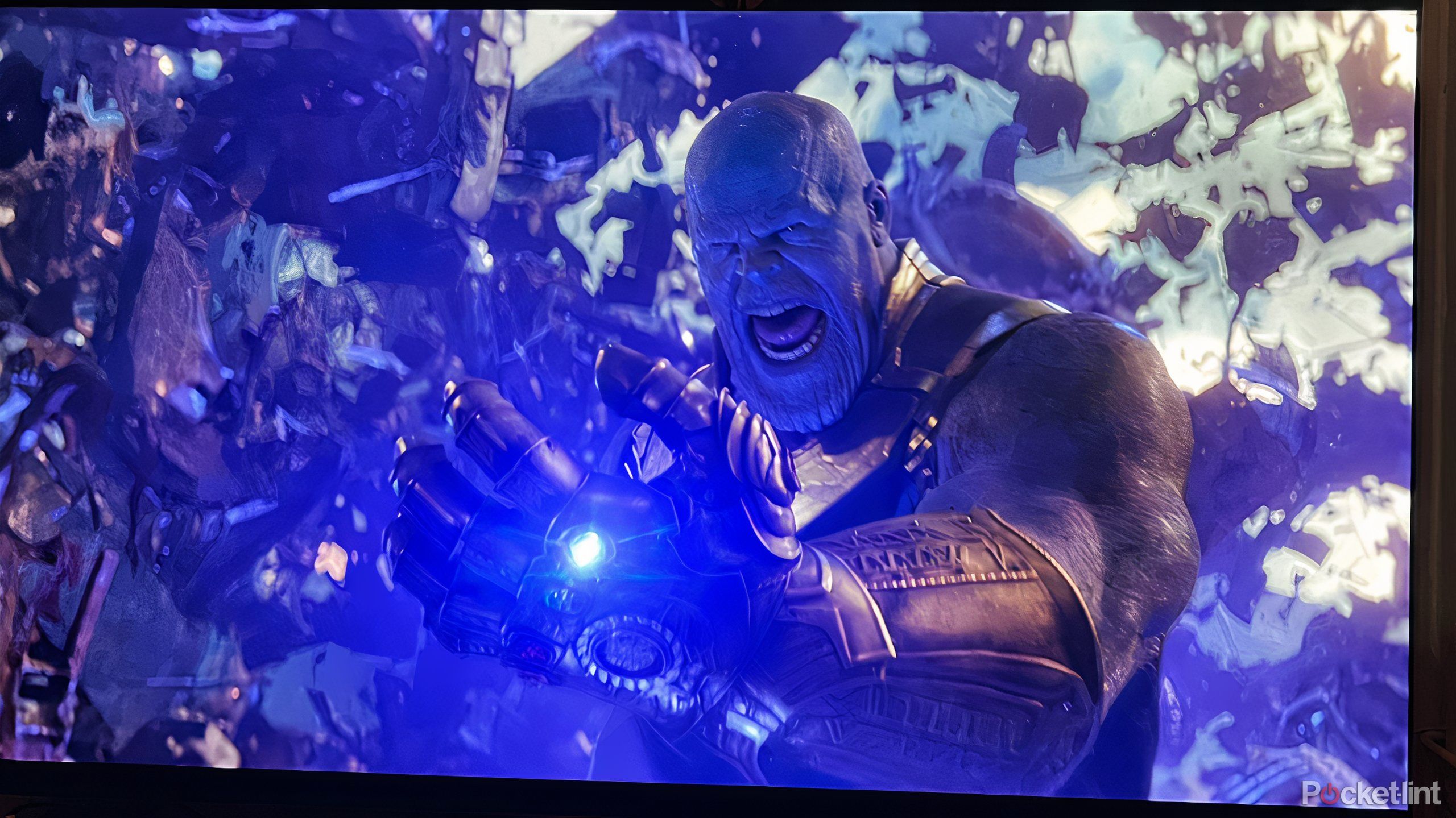
Related
The real difference between HDR, HDR10+, and Dolby Vision
High Dynamic Range improves your TV’s image quality, but competing formats make shopping around confusing.
How lighting influences contrast
Choose your smart TV style wisely
The type of smart TV you have, that is, the type of backlight used, will determine how good the contrast can be. There are basically two types of TVs: those that use a backlight, known as LED TVs, and those that don’t, which are OLED TVs. If your TV has a backlight, essentially a light panel that illuminates the screen, then whenever you are using the TV, there will always be some amount of lighting coming through the back panel to the front. Regardless of the way in which the light is controlled and where it’s directed, you can’t really achieve a true black devoid of light. TV manufacturers have employed edge lighting and mini zones to illuminate the screen, and some of them are mighty impressive at their control of light. However, they can’t achieve what OLED TVs can.
That’s because with OLED TVs, there is no back panel, as each pixel on the screen lights itself. That allows the TV to turn off lights completely when portions of the screen are supposed to be black. With OLED TVs, the organic pixels can turn on and turn off and adjust brightness anywhere in between. OLED offers an infinite or perfect contrast ratio. That’s because the setting number in the ratio between the brightest white and the darkest black is zero; it doesn’t matter what the first number is if the second is zero. There is just no relationship.
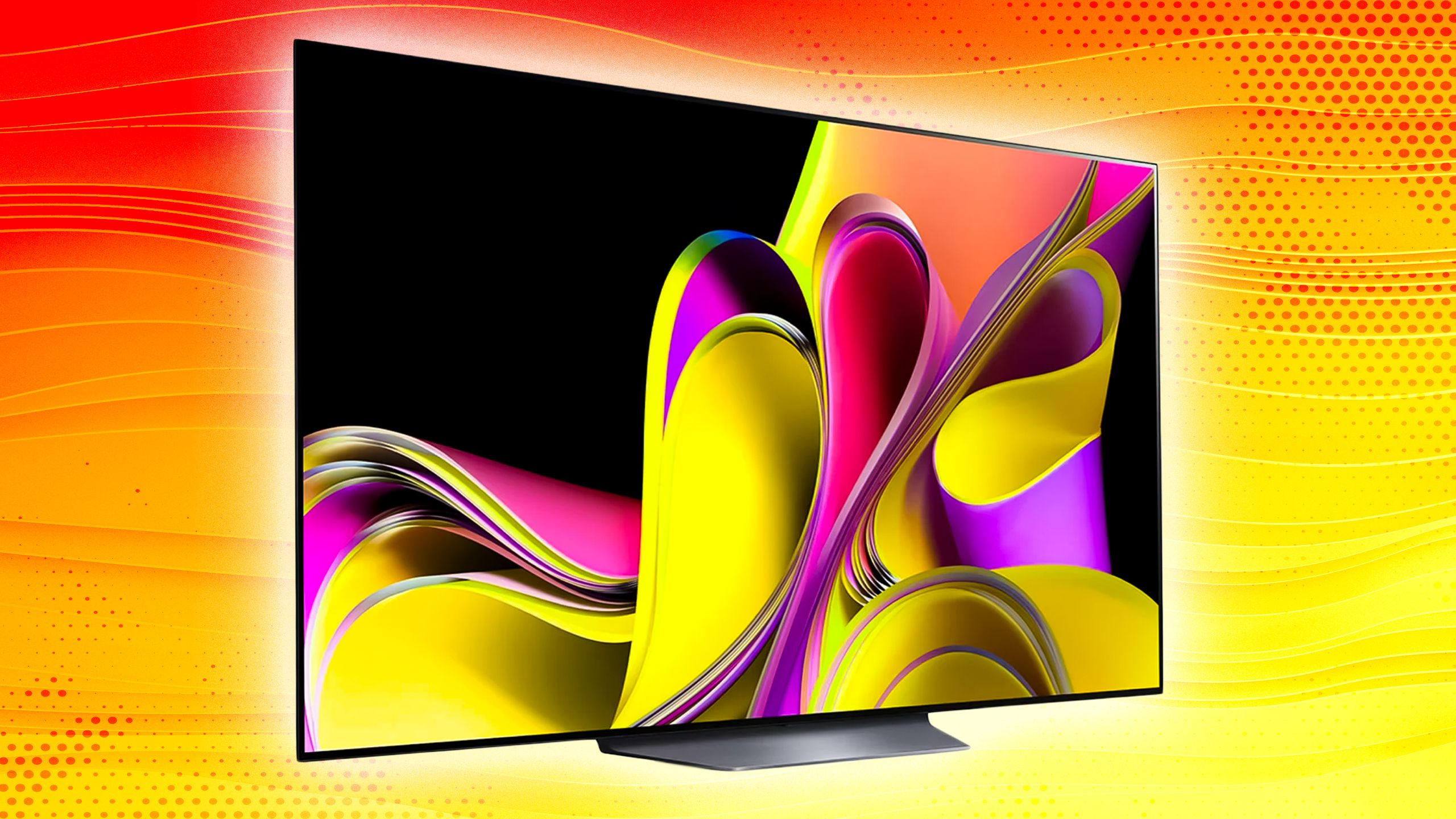
Related
Samsung’s new OLED tech will make TVs as thin as a credit card
Samsung has unveiled its new UT One OLED display technology, which promises ultra-thin and energy-efficient displays in the future.
What you watch on TV is important
Some shows and movies require the best contrast
The degree to which you need a great contrast ratio, or an infinite one at that, depends in part on what you watch on TV and how you’re watching it. Sitcoms, reality TV, live sports, and plenty of serials on basic cable are designed to accommodate the widest possible audience. These types of programs are made to suit basic TVs and don’t tend to feature a lot of dark settings or cinematic components. They are shot in such a way that most people are able to watch with relative ease.
When you start taking a look at new movies and shows, especially dramas and prestige fare, like limited series or movies from HBO, Netflix, or Apple TV, then you need to seriously consider the contrast ratio. That’s because many of these shows have darker scenes, more vibrant colors, and generally more components that are shot with new technology and require the audience to be compatible.
If you’re watching The Penguin, The Gorge, Wednesday, Stranger Things, Andor, or any other literally and figuratively dark stories, you’ll need a TV that can display them with accuracy and fidelity. You want a TV that includes a high or infinite contrast ratio in order to fully enjoy (and actually see) all that these stories have to offer. Contrast matters more with HDR titles; anything SDR won’t require the same technical prowess.
Additionally, if you’re watching in a brightly lit room, the positive effects of a high contrast ratio may get washed out. You still need to help out your TV. Try to watch more detailed titles in a dark room with little ambient light.
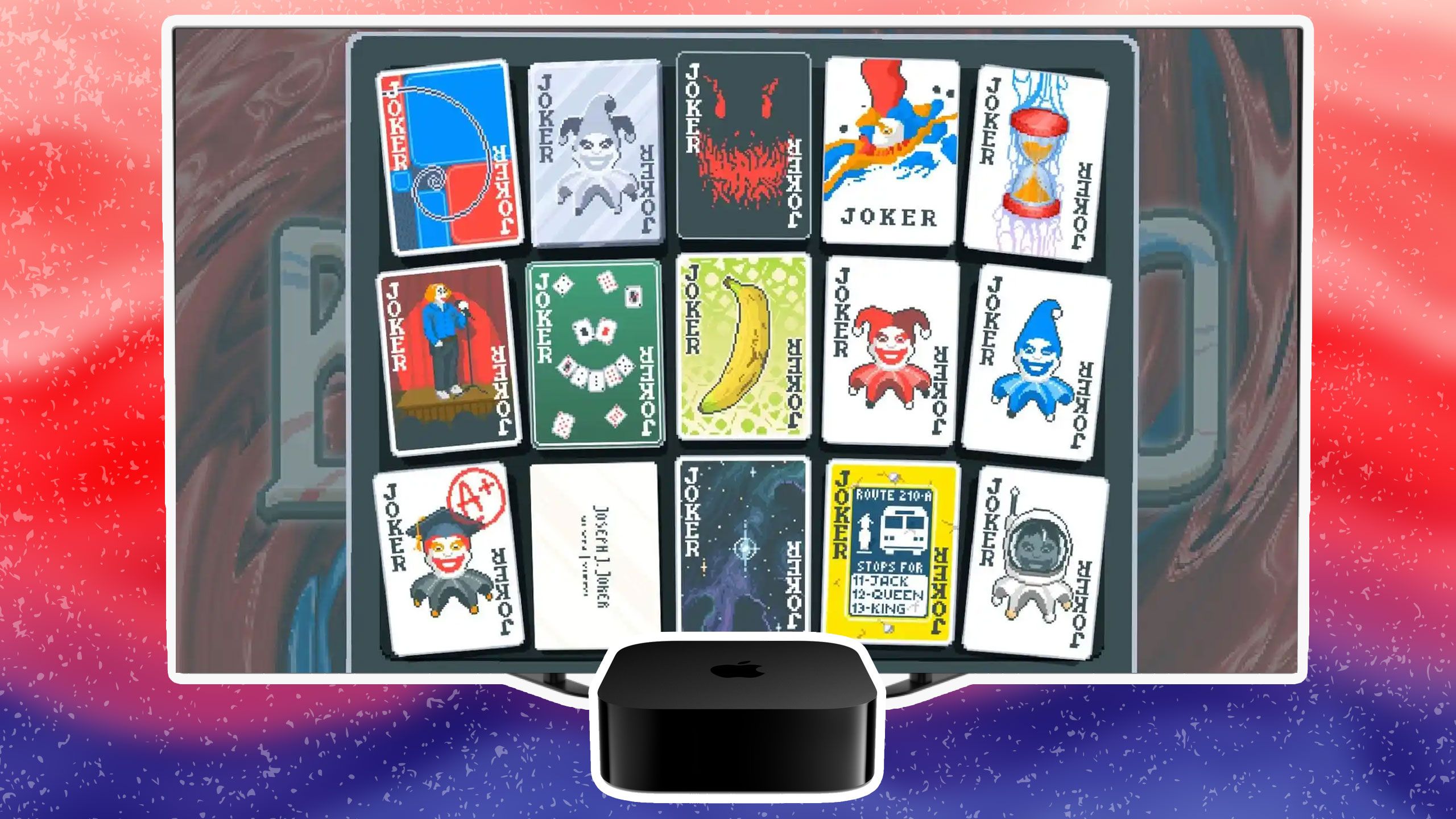
Related
This one Apple TV rumor has me worried about the future of the device
Apple needs to lock in and focus on making the best streaming box.
Smart TV contrast settings and enhancement
Some adjustments can help, but only so far
Smart TVs feature both hardware settings that are built into the unit and software features and upgrades that allow certain settings to be modified, albeit artificially. In the same way that some smart TVs boast a native refresh rate as well as an artificially enhanced motion rate, there are TVs that offer a native contrast and a “dynamic” one as well. Anything that’s referred to as a contrast enhancer, or black level adjustment, or anything to that effect, is a setting that can adjust the contrast to a certain extent.
These helpers are useful in specific situations, but they won’t drastically change your TV. You can’t really adjust the limitations of hardware, but that doesn’t mean your TV, especially newer models that use AI to analyze the content on screen and the environment in which its being watched, can’t make some meaningful differences. This includes changing the basic “contrast” setting that most TVs employ. It’s worth tinkering with a bit, but be sure never to push your contrast dial to either extreme. Smart TV contrast settings change the brightness of the whites, and going too high will simply wash everything out.

Related
Making these 4 easy lighting changes drastically improved my TV watching experience
If your TV lighting feels off, you’re probably right.

